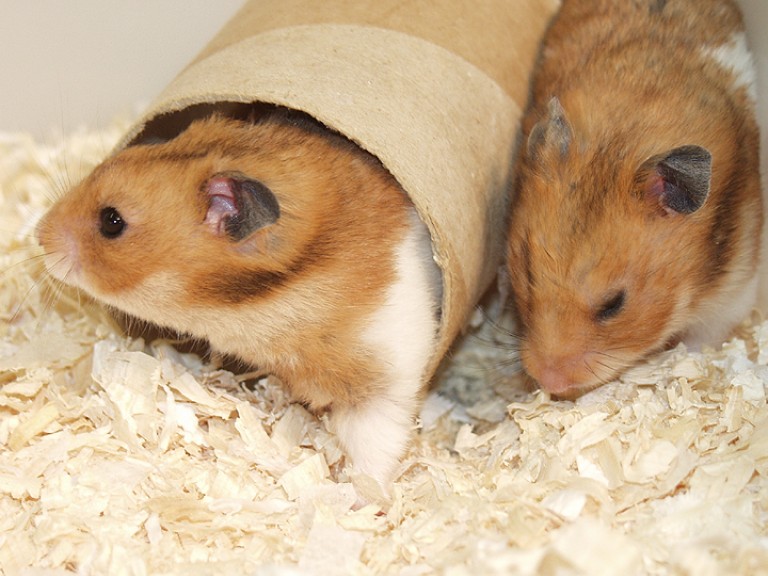Why Are They Called Golden Hamsters?

Strong 8k brings an ultra-HD IPTV experience to your living room and your pocket.
If you’ve ever seen a golden hamster, you’ve probably wondered where their charming name comes from. With their soft golden-brown fur and sweet round faces, they look as though they’ve stepped right out of a storybook. But there's more behind the name "golden hamster" than just their coat color.
In this article, we’ll explore the history, origin, and characteristics that led to the name — and why this tiny creature holds a special place in the hearts of pet lovers and even emotional support animal owners.
A Golden Glow That Inspired a Name
Golden hamsters get their name primarily from their distinctive fur color. Their natural coat is a rich, warm golden brown with lighter underbellies — a look that stood out dramatically when the species was first observed in the wild. This unique coloring set them apart from other rodents and even from other hamster species, many of which have gray or white coats.
Over time, selective breeding has introduced other color variations (like cream, cinnamon, and even long-haired “teddy bear” types), but the original golden coloration remains iconic — and is still the most common variant found in homes and pet stores today.
To learn more about their different appearances, behaviors, and care needs, check out our full golden hamster guide.
Syrian Roots, Global Name
The golden hamster is also known by its scientific name, Mesocricetus auratus, and by its alternative name, the Syrian hamster — a nod to its geographic origin. The first known specimens were discovered in Syria in the 1930s and brought into captivity for scientific research. These wild hamsters had the signature golden coats that gave rise to the name we use today.
So, while “Syrian hamster” refers to their origin, “golden hamster” highlights their most visible trait. Both names are used interchangeably today, though "golden hamster" tends to be more common in the pet community.
A Name That Stuck — and a Species That Survived
Interestingly, almost every golden hamster in captivity today descends from a single wild litter found in 1930. That small group formed the basis for both laboratory and pet hamster populations around the world. Despite their limited genetic diversity, golden hamsters have thrived in homes, classrooms, and research settings alike.
In the wild, however, they are increasingly rare. Wild golden hamsters face habitat loss and environmental challenges in Syria, making their continued survival in natural settings a concern. You can read more about their conservation status in our article on how rare golden hamsters are today.
Not Just Cute — Comforting, Too
The appeal of golden hamsters goes far beyond their looks. Their calm temperament, manageable care routine, and predictable habits make them a source of comfort for many people. While hamsters typically aren’t considered traditional emotional support animals, they still offer quiet companionship that can ease feelings of anxiety or loneliness.
For individuals who need an animal with official emotional support status, it’s important to understand what qualifies as an ESA under the law. If you’re exploring that route, getting a valid esa letter through a trusted service like realesaletter.com is a good place to start. This documentation ensures that your emotional support animal is recognized and protected in housing and travel situations.
You can still enjoy emotional comfort from a golden hamster — even if it’s not officially an ESA — and for many, their soothing presence is enough to bring peace after a long day.
A Name That Represents More Than Color
In the end, the name "golden hamster" is more than a description of their fur. It’s a reflection of their value to humans — not just as adorable pets, but as steady companions in our daily lives. Whether you’re drawn to them for their golden coat, their gentle personality, or the emotional support they offer, these little creatures live up to their name in every sense.
To learn more about caring for hamsters and choosing the right one for your home, visit our All About Hamsters section — your go-to guide for everything from cage setup to health tips.
Note: IndiBlogHub features both user-submitted and editorial content. We do not verify third-party contributions. Read our Disclaimer and Privacy Policyfor details.




